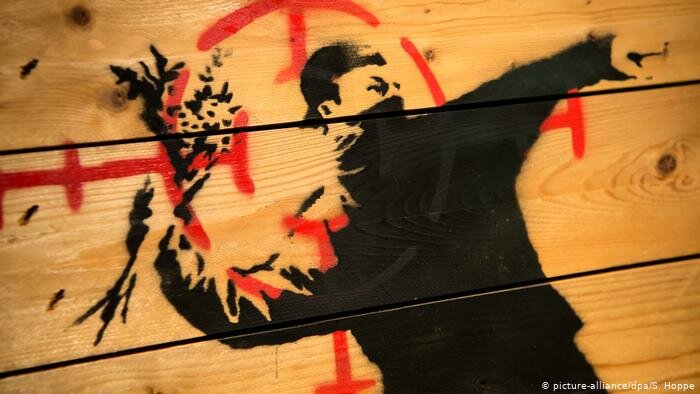Laura Bussoli - Senior Associate
Eleonora Carletti - Junior Associate
By Dec. 30, 2022, in ruling No. 38165, the Supreme Court ruled, among other things, on the legitimacy of an advertisement starring the fictional character Zorro. In this context, the Supreme Court addressed some issues particularly relevant to copyright, such as the protection of fictional characters regardless of the work in which they appear as well as the protection, under certain conditions and within certain limits, of the parody work in our legal system. The issue on which the Supreme Court ruled starts from the broadcasting of an advertising campaign for a well-known mineral water ("Brio Blu") featuring as its protagonist the famous character of Zorro, created by the writer Johnston McCulley in 1919 and on which the U.S. company Zorro Productions Inc. claims copyrights, in addition to other Intellectual Property rights that has been claimed.
In the “infringing” advertising spot, Zorro was used, in a comic and satirical key, in order to advertise a product (water). As a result of this use of the Zorro character, which allegedly took place without authorization, the American company sued the mineral water company, claiming infringement of its copyright on the Zorro character, as well as a long series of breaches related specifically to the protection of its intellectual property rights.
After the first instance, in which the Court of Rome condemned the defendant company to indemnify Zorro production Inc. for the infringement of its copyright, and the second instance, while the Court of Appeal, had denied such damages, on the basis that - according to the judges – the Zorro character is now in the public domain (and, therefore, there would be no valid copyright to protect), the Supreme Court fixed some very important points on copyright, and in particular on the parodistic use of a work (or character) on which - evidently - copyrights are still valid and existing.
First of all, therefore, the Supreme Court excludes the fall into the public domain of copyrights on the work and on the character of Zorro, deeming applicable the Article 25 of our copyright law (L. 633/1941 “LDA”), which provides the copyright protection until the seventieth year after the author’s death.
Secondly, and this is the main issue of this decision, the Court pointed out the content and limits of parody in our legal system. Since our legal system does not expressly provide among the so-called “exceptions” to the copyright protection, the hypothesis of “parody”, according to the Supreme Court the latter finds, instead, full recognition in our legal system pursuant to art. 70 LDA, “as an expression of thought”: according to the Supreme Court in fact, “the lawfulness of the parody of the work or character created by other people finds its basis in the free use referred to in the above mentioned Art. 70, paragraph 1, L. No. 633/1942”. In fact, this article allows the summary, citation or reproduction of extracts or parts of works and their communication to the public, “made for critical use or discussion, within the limits justified by such purposes and as long as they do not constitute competition to the economic use of the work.”
According to the Supreme Court in the very first place, for the purpose of the recognition of the lawfulness of parody, it is not required that the parody acts as a “creative elaboration” or original of the original work in accordance with Article 4 LDA, since the association to the main work is a congenital and fundamental element of the parody itself. Moreover, if this were the case, the Supreme Court points out, it would be necessary from time to time to obtain the authorization of the author of the original work, who would hardly consent to the “comic misrepresentation of it.”
Moreover, and this is the second very important point of this decision, the reference contained in Article 70 LDA “provided that they do not constitute competition to the economic use of the work” by no means should be interpreted, as the Rome Court of Appeals erroneously did, in the sense of "commercial or profit-making purpose."
Therefore, uses allowed by Article 70 LDA - including parody – now seem to be not excluded if there is a profit or commercial purpose the author of the parody may pursue, even incidentally: they are excluded only in the case of a competitive relationship between the original work and the parody itself.
In conclusion, according to the Supreme Court, the lawfulness of parody reposes, in addition to the free expression of thought, both in the functionality of it with respect to its parodistic and satirical purpose (i.e., it must not have purposes and contents that are merely denigrating and depreciating of the main work or of one of its characters) and in the absence of a competition relationship with the protected work that would instead make the parody descend from an unlawful exploitation of the work itself.
This important interpretation of parody in our legal system fits perfectly into the interpretative groove of the Court of Justice, which argued its conclusion by stating that it is necessary to make a balance between opposing interests, namely, from one hand the exclusive rights of reproduction and communication to the public of the work, and on the other hand, the user’s freedom of expression of a protected work, which benefits of the parody exception (EU Court of Justice, C-201/13, cited above, 34).


















